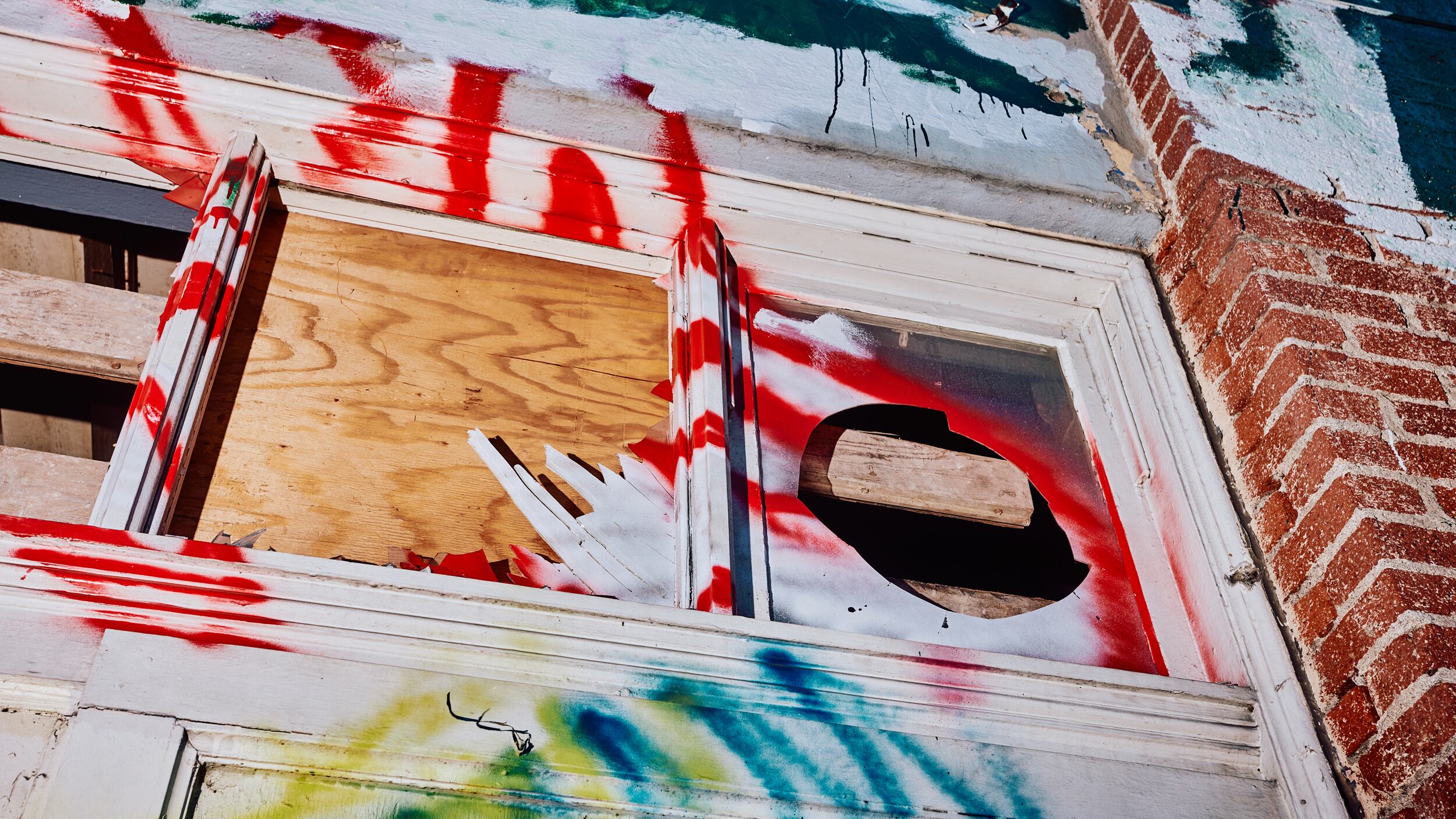Portlanders are fed up with graffiti that has blanketed the city in the wake of 2020′s civil unrest—and they’re letting the city know.
As of last week, nearly 10,000 reports of graffiti had poured in to City Hall, from tags (“Casio,” “Slide,” “Angel Dust”) scrawled near the burned-out Roseway Theater in Northeast to one-way signs downtown rendered illegible with spray paint.
Analysis of a city database obtained by WW finds the number of graffiti reports this year has already eclipsed last year’s total and is more than five times 2020′s number.
Government agencies have redoubled efforts to address the problem. The city allocated $3.4 million for graffiti cleanup in this year’s budget. The Oregon Department of Transportation is giving $2 million to two Portland companies to help clean up the freeways.
The graffiti reports analyzed by WW are from a database known internally as “Track-It.” The database was provided by the Office of Community & Civic Life.
The database has been used not only by city officials to direct cleanup crews, but also by law enforcement. Suspected graffiti artist Emile Laurent was charged with 25 counts of criminal mischief after investigators searched the database for his tag, “Tendo.” He’d been caught in the act— twice.
A spokesman for the Office of Community & Civic Life, Daniel McArdle-Jaimes, shared with WW a document outlining the challenges facing the city’s graffiti-removal program in recent years. Graffiti has gotten larger and more difficult to remove. It also noted that “work order requests” increased 300% in 2021, and complaints skyrocketed after the mayor asked Portlanders to report graffiti.
The office says its response time (3 to 5 business days) has fallen back to pre-pandemic levels.
Still, Mayor Ted Wheeler has made clear that he wants efforts to rid the city of unsightly graffiti faster. He used an emergency order earlier this year to take control of the city’s anti-graffiti program.
“We are in the process of planning a more assertive response,” says Tom Miller, director of livability and sustainability for Wheeler’s office.
